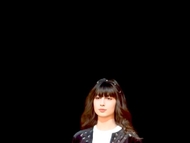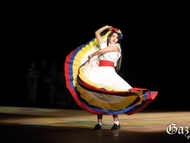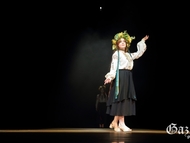Cheongna Hill Station is a subway station on Daegu Metro Line 2 and 3, located in Dongsandong, Jung-gu, Daegu. The area is famous for several attractions that are closely related to Daegu’s modern history. It is a popular attraction for tourists as it is packed with places of historical and cultural value. Let’s take a closer look at the major attractions around Cheongna Hill Station.
Cheongna Hill
Cheongna Hill is named after Cheongna Hill Station. It is an area where missionaries settled in Daegu during the late 19th and early 20th centuries, and Korea’s first Western-style hospitals and houses were built. It is a place where you can appreciate Daegu’s modern history and Western-style architecture. The Cheongna Hill still has Western-style buildings that were built during the original missionary settling, vividly showing the modernization process
of Daegu. The hill has missionary houses that were built in 1910, where you can get a glimpse of the life of missionaries back then. Cheongna Hill is famous for its beautiful natural scenery.
Keimyung University Dongsan Medical Center
Keimyung University Dongsan Medical Center is Daegu’s representative medical institution located right next to Cheongna Hill. The hospital, one of the first Western-style medical institutions in Korea, started in Jejoogwon, which was founded by missionaries in 1899. Since then, the name has been changed to Dongsan Hospital, and it has grown into one of Daegu’s prominent university hospitals in connection with Keimyung University. Dongsan Medical Center has many historic buildings itself, such as some of the hospital buildings that were built in the early 20th century which illustrate the Western style of architecture of that time. This hospital is more than just a medical institution as it is considered by Daegu citizens to be an important place with a history and tradition.
Daegu Yaknyeong-si
A short walk from Cheongna Hill Station is Yaknyeong-si in Daegu. Yaknyeong-si is a traditional herbal medicine market that has existed since the Joseon Dynasty, and it is one of the oldest herbal medicine markets in Korea. First founded in 1658, it flourished as a distribution and manufacturing hub for herbal medicines. Daegu Yaknyeong-si is still a place where you can purchase oriental medicine and traditional medicine today. This is an opportunity to experience the traditional Korean medicine culture of Daegu, and various experience programs and exhibitions are held to attract many tourists.
Daegu Modern Alley
Near Cheongna Hill Station is Daegu Modern Alley. This alley preserves the modern history of Daegu. It is an important cultural asset that provides a glimpse into life of the time as it preserves modern architecture and streets in Daegu from the early 1900s to the 1950s. Daegu Modern Alley consists of several alleys composed of various themes, where you can vividly feel the images of Daegu in the past as you walk through these alleys. The combination of Japanese-style houses, Western-style buildings, and Korean traditional houses shows the process of Daegu’s modernization. In particular, it is famous for its various murals and cultural artifacts. Daegu Modern Alley also has many places related to various historical figures, providing an opportunity to look back on important moments in Korea’s modern history. Through this alley, you can experience the history and culture of Daegu, and the stories of the people who lived through it.
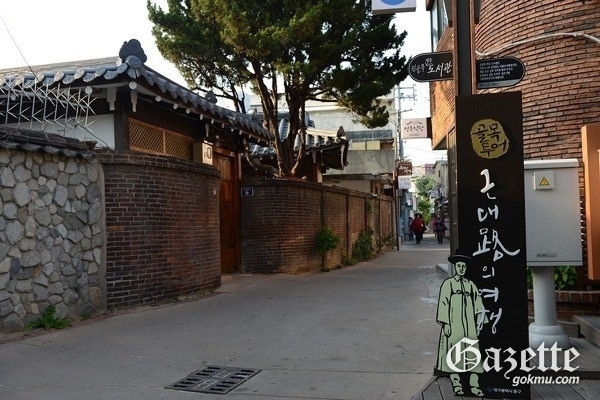
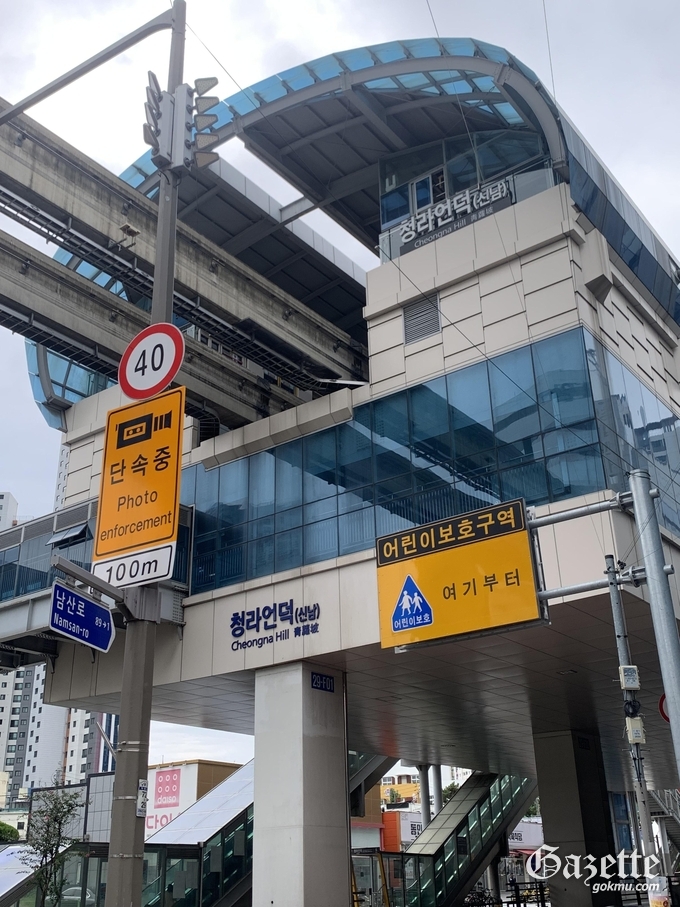
sumin8101g@hanmail.net



